Collecting violets to make perfume: Which kind to use?
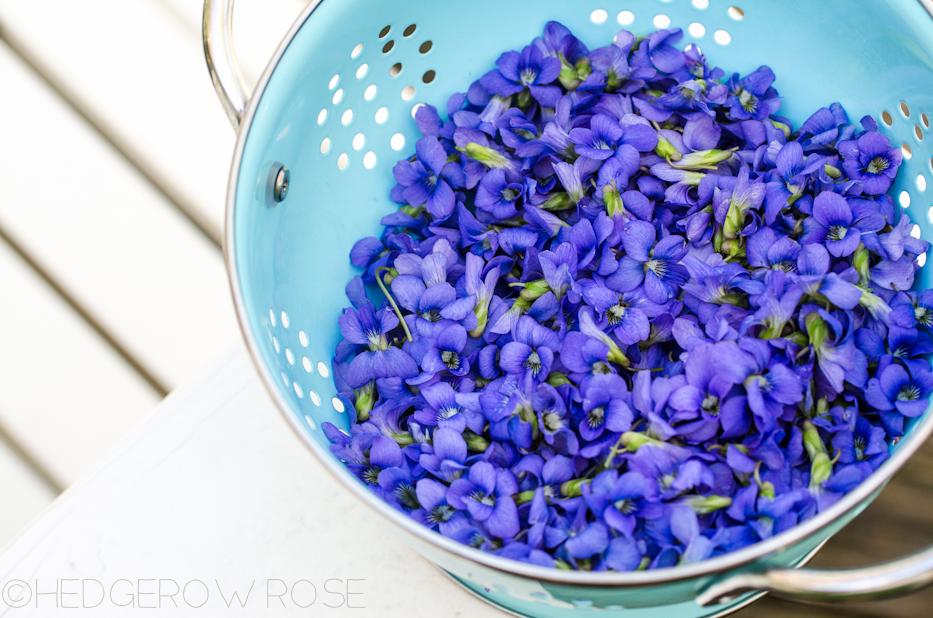
There must be hundreds, nay thousands, of violets blooming in our garden right now. Every year they spread their range a little further–creeping into the cracks of the pavers, tucking themselves beneath the hydrangeas and bleeding hearts and filling up what used to be “lawn.” I couldn’t stop their progress even if I wanted to, but why would I? They’re so beautiful. This spring I decided I should make something with them so I spent a little time collecting the violets that are growing in our lawn to make violet water. It was perplexing because the violets I collected (photo above) didn’t smell like anything but green and earth to me–much like cut grass. Something just wasn’t right–and when I posted a photo on Instagram I received confirmation from a wise gardener that nope, I wasn’t going crazy, some violets don’t have a scent at all. Whoopsidaisies! In fact, here’s the skinny: Violets (genus Viola) include around 500 species but it’s the species Viola odorata, native to Europe and Asia, that have the sweet scent used in perfumes. They bloom in spring, of course, have deep purple or sometimes white flowers, have heart-shaped leaves and downward facing hairs on their leaf stalks. (source)
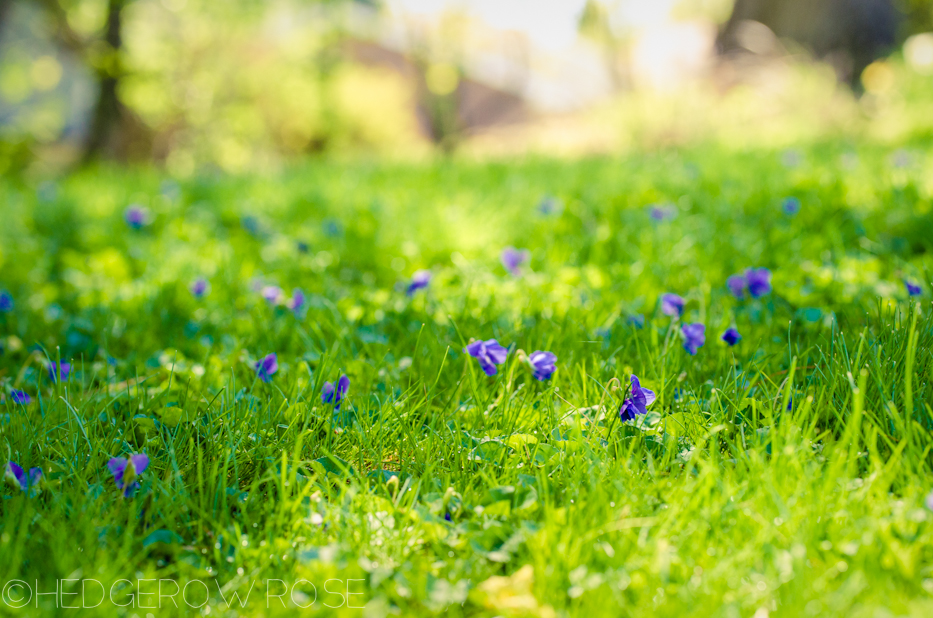
I thought that was that, no violet water for me, until I discovered that there are other clumps of violets in our garden which are very different looking–bigger and more prominent leaves and blossoms and the color of the petals decidedly more purple than blue. I took a whiff and it smelled sweet. Delicate, certainly, but there was something there that was more floral than earthy. I checked the leaf stalks and sure enough, some (the unscented violets) were smooth while some had these fuzzy little hairs running down the length. I’m including a photo (below) of an unscented violet on the left and a scented on the right. It’s difficult to see the tiny hairs on the leaf stalk but you might notice minute flecks of soil that are stuck to it. Notice the color of the blossoms: the one on the left is much bluer to my eye.

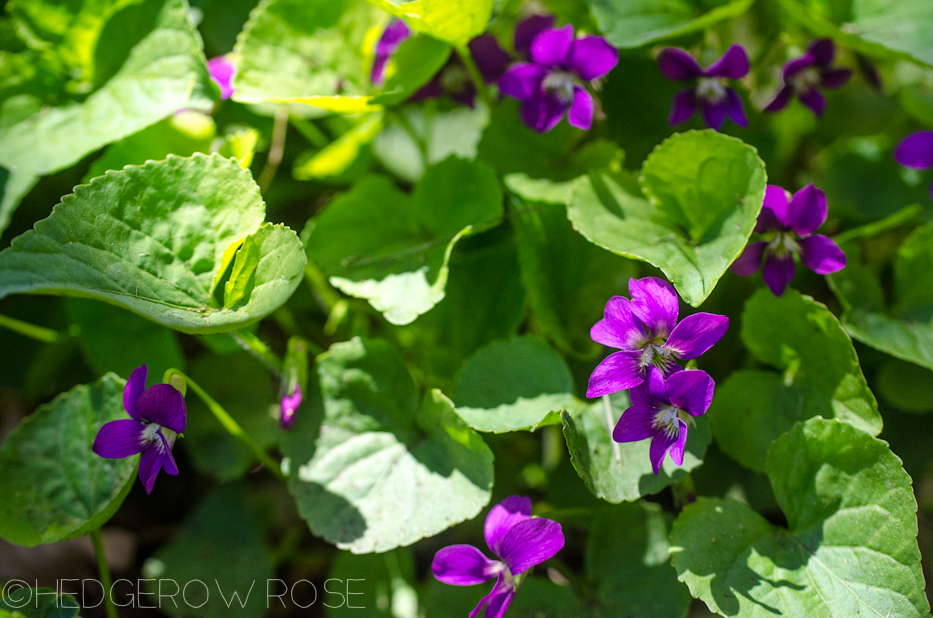
And speaking of scent, interestingly enough, it is the chemical ionone that is responsible for that elusive aroma, yet according to Anne Marie Helmenstine, Ph.D., “Violets temporarily steal your sense of smell! Initially, ionone binds to scent receptors and stimulates them, so you smell the odor of violets. Then, for a few moments, the receptors are unable to receive further stimulus. You lose awareness of the fragrance, only to regain it when it registers as a new smell.” (source) Isn’t that amazing?
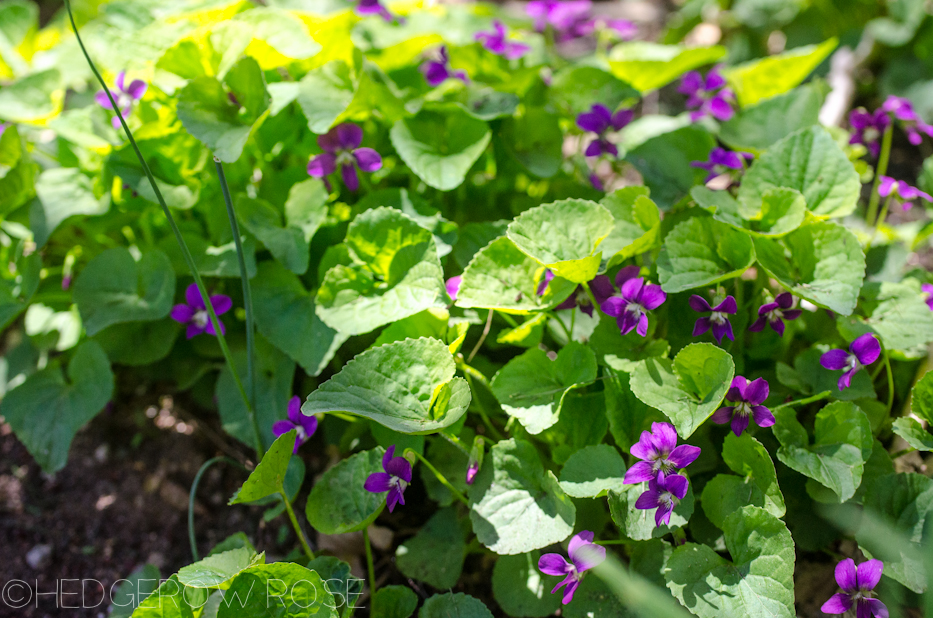
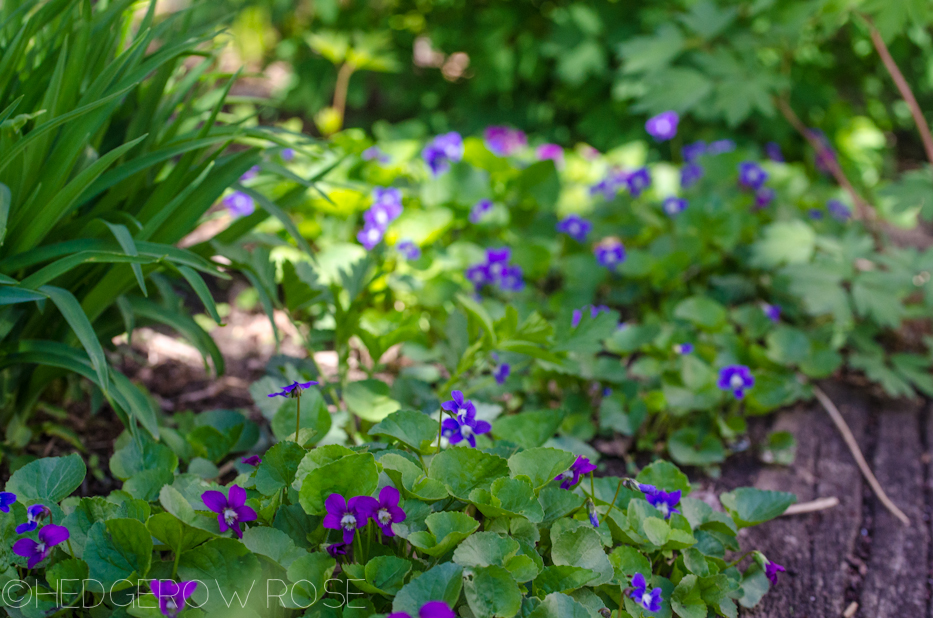
There are times when I feel like I don’t want to blog anymore and it’s time to pack it in, but writing posts like these I remember that it’s helped me to learn so much and maybe I should continue a little longer. Now if you’ll excuse me, I think I have some more violet collecting to do. 🙂
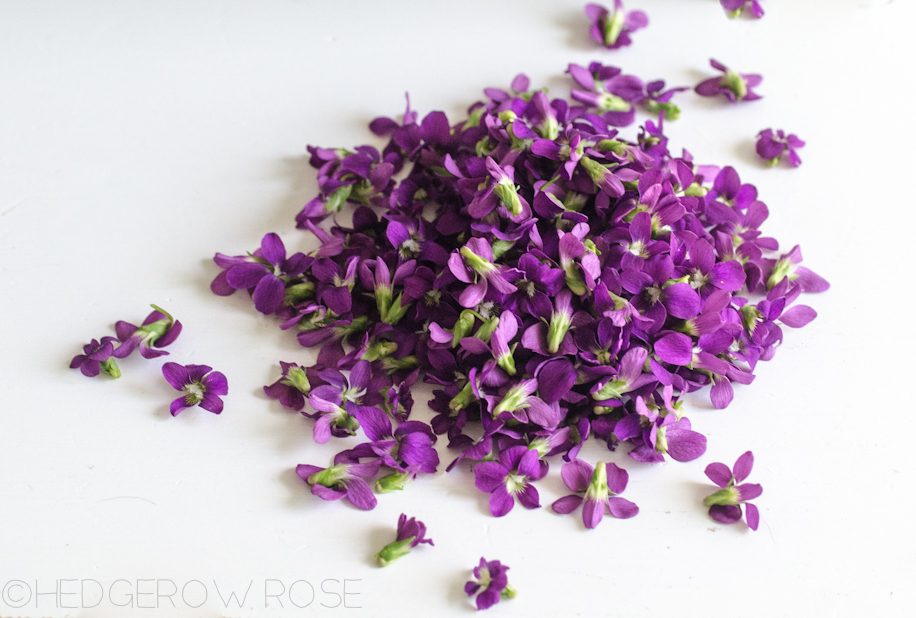
Update: I think I must have yet to perfect the method of extracting the scent from my violets as when they were done “steeping” the water was a lovely shade of light purple but the smell was nothing to write home about. I thought it smelled mildly sweet and fresh but my daughter took a whiff and said “that smells gross.” So maybe I was just hoping it was smelling like violet water and imagining things. A 16 year old is going to give you her honest opinion, that’s for sure! I followed the instructions (once I found the correct kind of violets of course) here to the letter–maybe someone else has a better way to go about it?


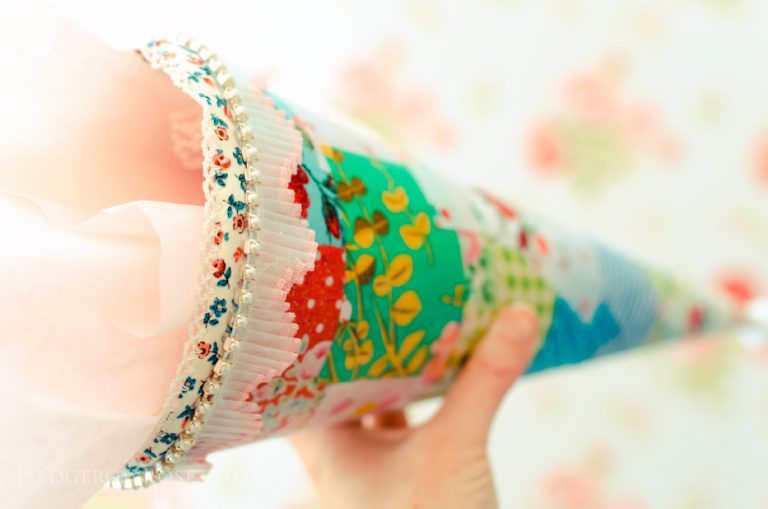
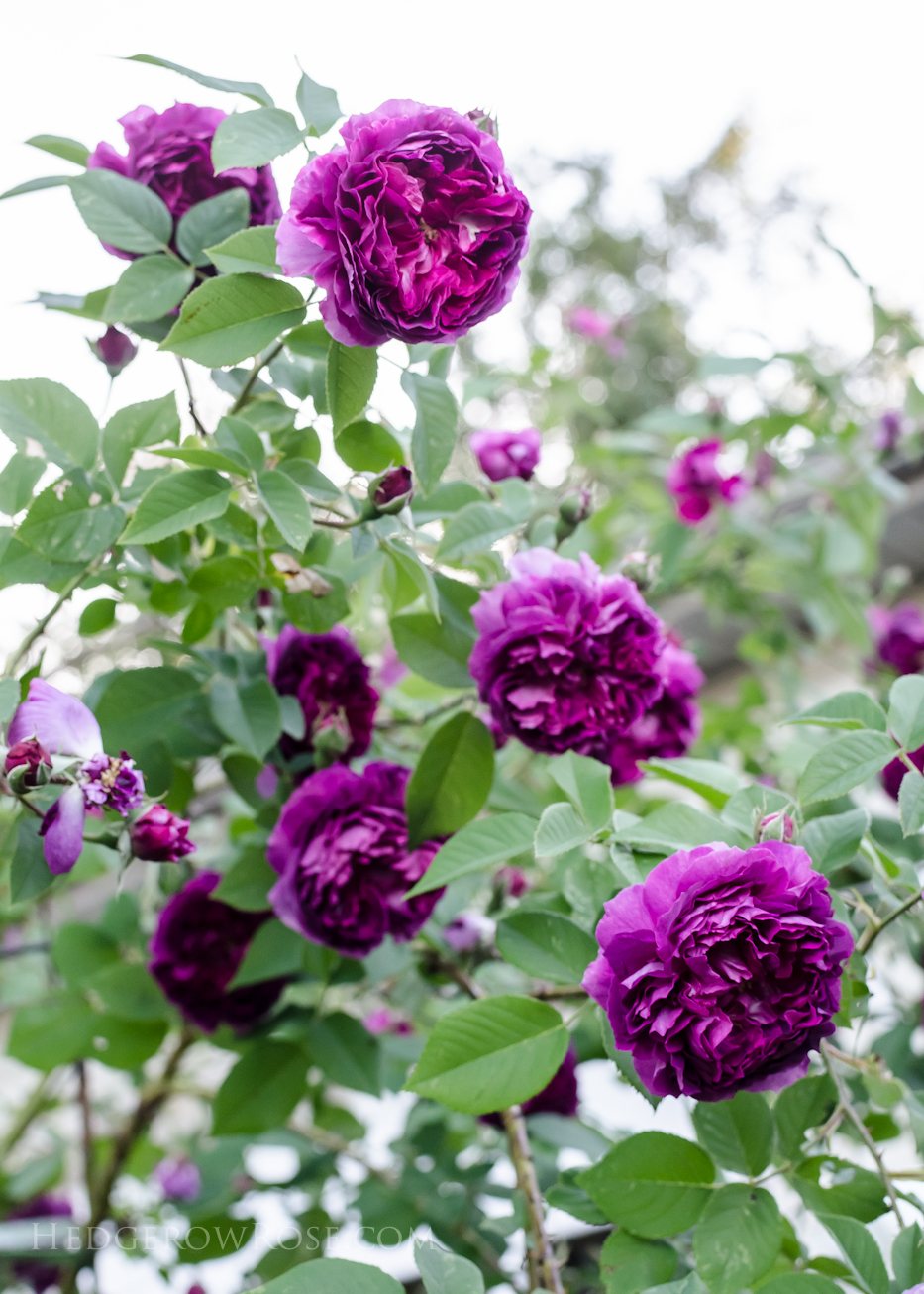
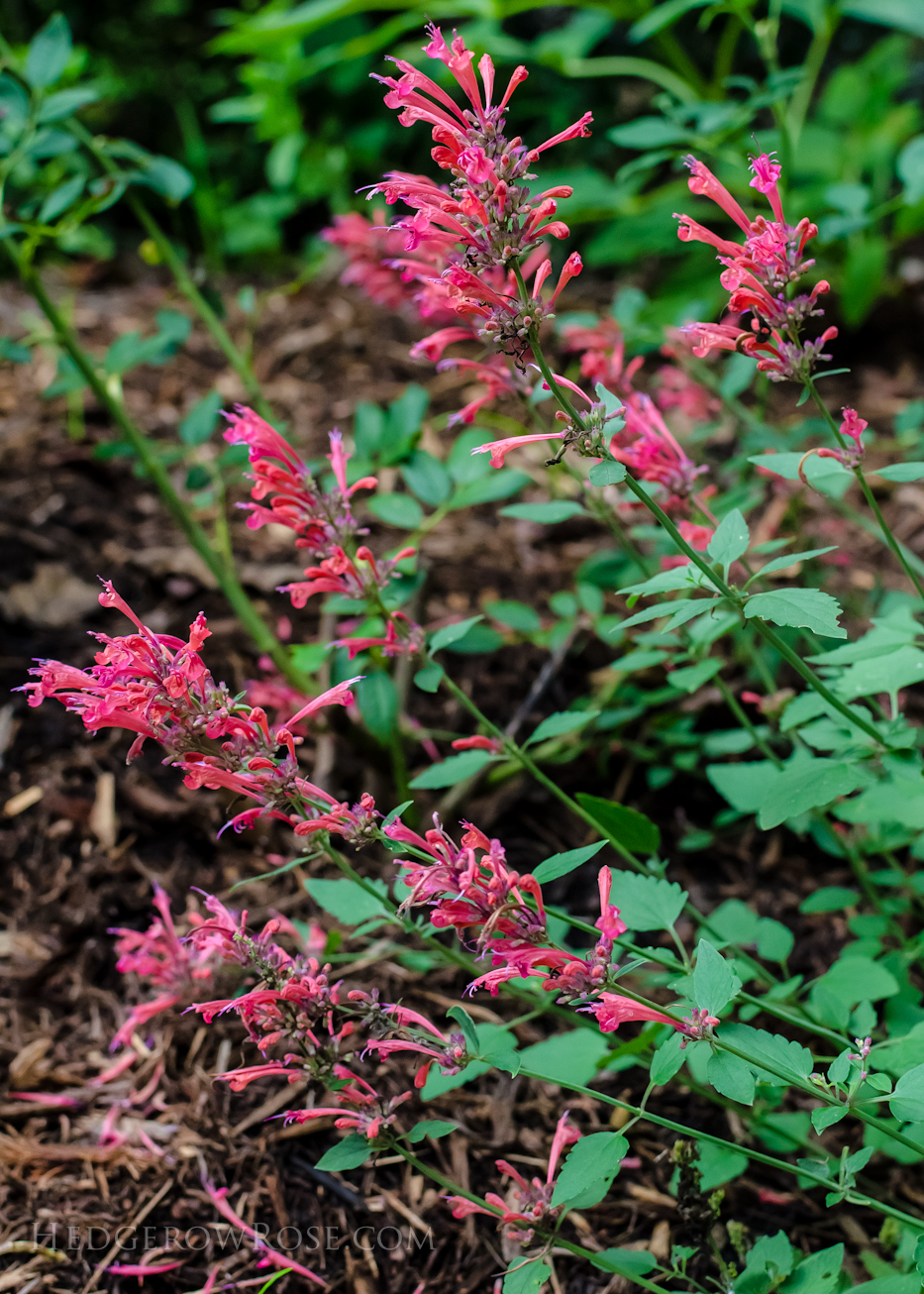
Get out! I never knew any of this, and I have wondered if I have more than one type of violet in our yard. Now I have to go look and see – since we are covered in violets too. And, going back to May Day, it is those little violets that we would collect when I was little and leave them for people at their door.
Now, I have to go collect some too! Thanks!
PS
Keep writing – we all need this kind of information about the beauty of a garden ..
Thank you for the encouragement! 🙂
Yes, go check….I can’t believe I never paid much attention to the difference before. Now I look at them and it seems so obvious, haha. I didn’t know it was violets that we collected, but now I do it seems so fitting!
Well I bet you do get tired of writing you have so much going on it seems…
I know there are different types of violets but the ones that grow freely in our yards I didn’t know about.. I’m gonna have to crawl around and sniff & compare 😀 and look completely dumb on my very busy road lol
But I do enjoy your blog very much 🙂 and I come back to it a to do research 🙂
Thank you Jessica! I love having you here. (just emailed you back!)
You must not stop blogging! I only recently discovered your blog and I love reading what you are learning and discovering about different flowers (the roses are what initially attracted me). Your flower photography is beautiful as well! I live in FL – Zone 10 – and while the tropical foilage has it’s own type of beauty, I really miss northern flowers and gardening. (Although I did manage to successfully grow a few Zinnias here!)
I would be interested in reading a follow-up post of how your Violet Water turns out 🙂
Thank you Andrea! I am so pleased that you found my little blog. 🙂 I have a few more roses this summer that I hope to get some decent photos of and share with everyone–some I’m very excited about–so I can’t stop blogging until those are up, right? I’m going to post a short follow-up to the violet water in just a moment….
I do so hope that you will keep blogging. I just stumbled in…novice gardener, avid jewelry-wearer. I love your blog. I don’t read many–only check in on Anna Maria Horner every so often. So please, keep it coming.
Thank you Megan, that is so kind! I’m truly honored and I hope you continue to find something here that interests you. 🙂
I *adore* your blog! Your photos are gorgeous and I enjoy all of your posts. This one was so interesting! Fascinating actually because I wouldn’t have thought to do this with the violets growing in our yard so I loved reading about this little journey/experiment!
Thank you Jo! Your comment put such a goofy smile on my face. 🙂 I hope to someday perfect the whole violet water making process. Maybe next year…
Oh my goodness, you mustn’t go away now. Just found you looking up the “White Dawn” Climber which died in my little garden after a great start the year after I bought it.
Only read two posts and I’m hooked. Wild Violets – never knew this about them. But have always loved them. I’ve smelled some that had scent and others that did not and wondered why. Also noticed the flowers varied in color and the shape and color of the leaves vary a bit too. Love your research on roses and now violets. I live in Wisconsin (It’s the state flower)They come up every year mostly near a Pine tree in my backyard patio garden. I plucked some of them out and planted them to form mounded clusters. Last year I let myself worry about them spreading and pulled them out–regret! So I’m starting again this year. Learned something wonderful. Thanks so much.
Thank you Vanessa! Your comment was such a joy to read and definitely put a smile on my face. So glad you found something useful here. 🙂
Well, I love violets, and roses, and the violets I’ve had most success with are the small white ones. If you pick them on a sunny day, put and fill a jar with them, add alcohol, let them sit then pour off the alcohol and put fresh violets, repeat this for as many days as you can, you will still not have a very fragrant perfume, but consider this alcohol a single note, and repeat this process using other fragrant flowers. Add some fragrant rose petals, in the same manner, and maybe after the rose petals, some lichen to hold the fragrance. Add a few drops of rose water to slow the alcohol evaporation when you use your cologne. If its not fragrant enough, add some daisies, some lavender. You’ll have a wonderful light summer cologne.
Wow, Michelle that is super helpful! Thank you so much for sharing these tips with us. I think I might have to try your technique! 🙂